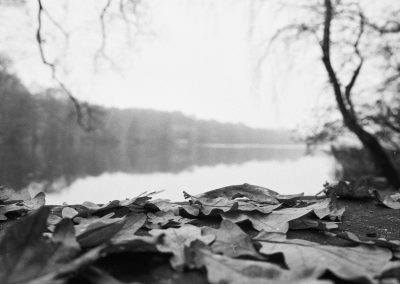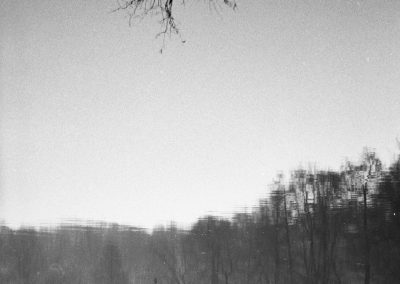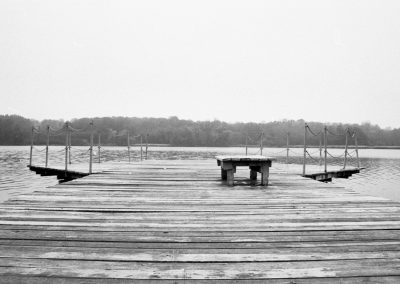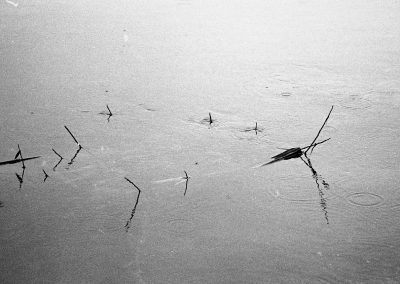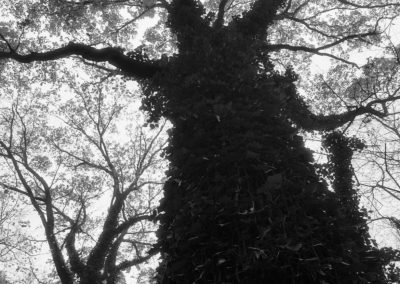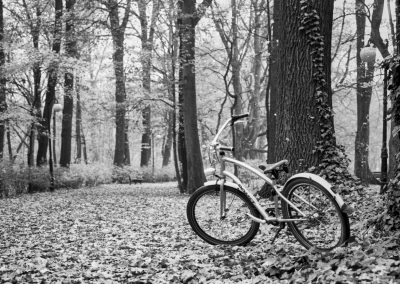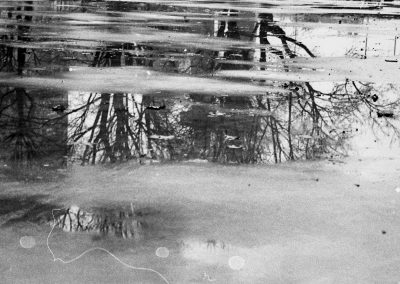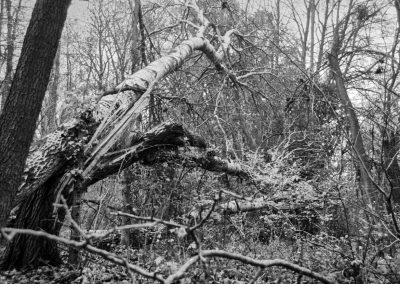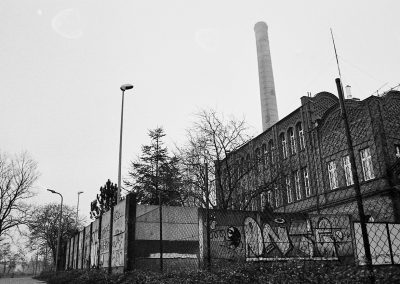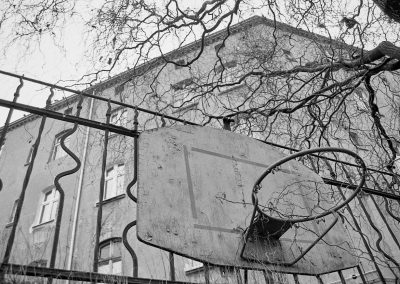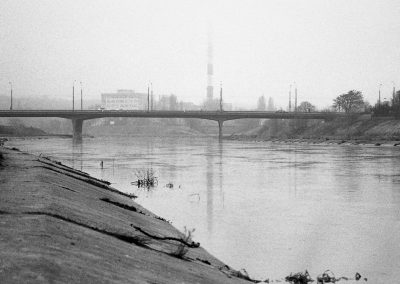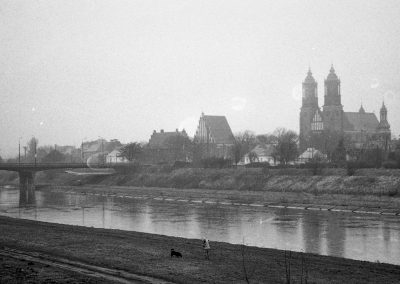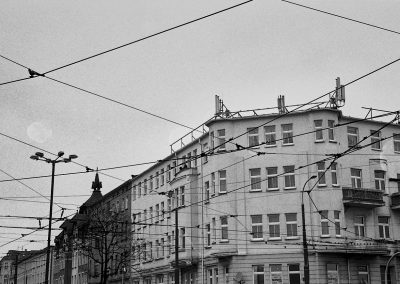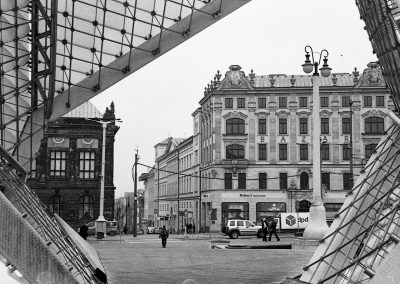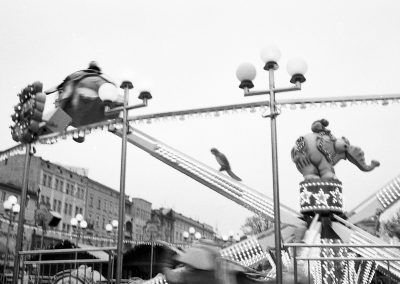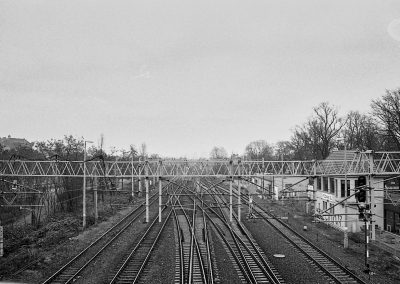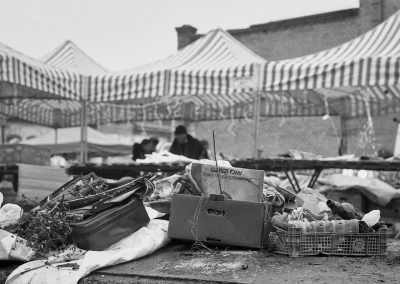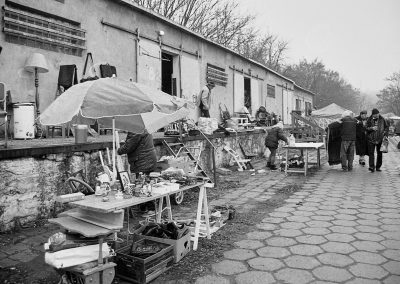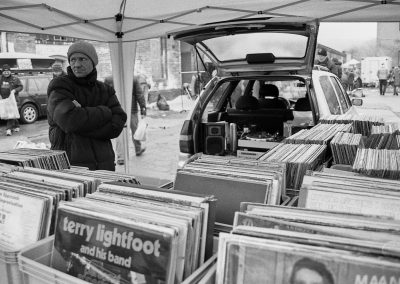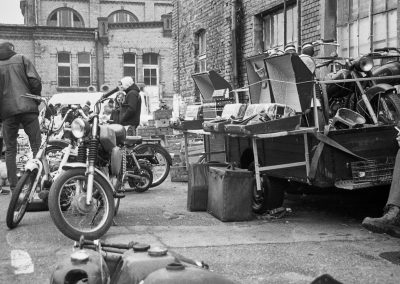“In the end of that action, the only thing remaining is a latent image. The adrenaline is gone, it dissolves during hours, days or years. Until we develop the image and the same feeling caused by its capture invades our eyes and takes over.”
Paco Rocha, “La imagen latente” (Albedo media, 2016)
There is something about analog photography that makes it survive through time. Despite the fact that its end was predicted many years ago, when the light-sensitive film was for the first time replaced with a digital sensor. But it somehow resists to leave us.
It could be the wonder that invades us when we first see the image coming up slowly on a previously blank paper, strengthen by the mystic atmosphere created by the semi-dark room only lit by the subtle red lights. I am sure many of us can recall this moment when reading these lines.
Or it could be the idea that every frame holds something precious on it. A single moment, taken from the claws of time, and frozen in a piece of film. A stamp of a place, captured during the fraction of a second that took light to travel through the movement of the shutter. In a world when everyday more, we are alienated from the physical reality, to physically hold an image seems somewhat magical.
It could also be that film allows us to be fascinated with the idea of the image that could be. It gives us the time to wonder if it was, or was not, or will be, or will not be. A Schrödinger photograph, so to say. Existing, dormant, but not-existing in the same time.
Film has that effect to reveal what is normally hidden to our swamped, tired eyes. It allowed me to recover the feel and the sight of an ancient city that has seen a lot. In my case, I like to dream that film somehow allows me to travel to distant realities, and to capture the marks left in a very distant time, far before I was even born.


